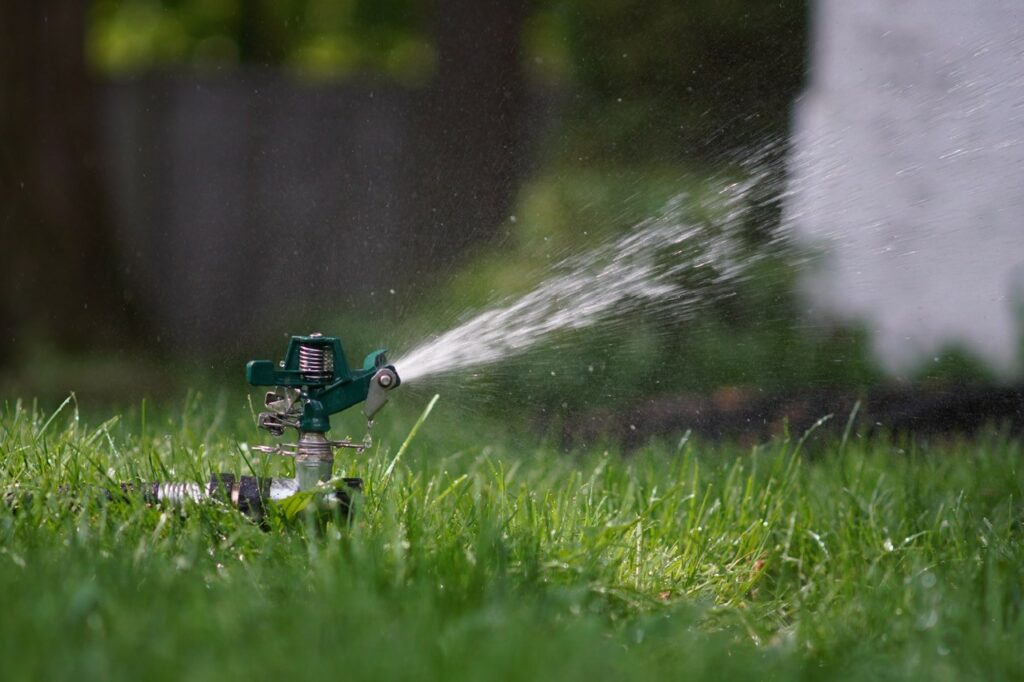
Even though the warm weather is hanging out far longer than expected this year, there are certain maintenances tasks that must be completed around your home before the cold temperatures and winter weather begin to arrive. Unfortunately this means a little bit more work than simply raking your leaves and resetting your thermostat. Here are some tips for what you need to do, or have done professionally, in order to make sure your home is ready to weather the winter.
Change Your Air Filters
While this may not be a seasonally specific task, right now is the perfect time to change the filter in your HVAC system. Regularly replacing your filters is an integral part of extending the lifetime of your equipment, and it is also the best way to keep the air inside your home healthy and fresh. This is also the perfect time to schedule a seasonal check-up for your HVAC system. It is much better to find out about any issues with your system now rather than when the temperatures drop below freezing and you desperately need functioning heat. You’ll also find that many companies are all booked up once the cold temperatures hit, so you’ll have an easier time booking an appointment now rather than later.
Change Your Batteries

While you are changing your HVAC filters is also the perfect time to change the batteries in all of the smoke detector and carbon monoxide detectors in your home. After you change the batteries, test the alarms to make sure everything is in working order. Since batteries in these critical devices should be changed annually, it makes sense to make it a part of your regular maintenance schedule. Alternatively, you might take this opportunity to switch your detectors over to smart devices that can be controlled by an app on your phone. You can monitor battery life, send a command for a test, and be alerted while you are away from home if smoke or carbon monoxide are detected.
Keep in mind that the detectors themselves also need to be replaced eventually. The recommended life span of a conventional smoke detector is 10 years, while experts recommend that you replace a carbon monoxide detector after only six years. If your devices are older than this, go ahead and replace them with a new model. Write the date of installation in sharpie on the inside of the detector so that every year when you change the batteries you can verify the age and timeframe of replacement.
Check Windows and Doors for Drafts
Before temperatures dip too low, go ahead and check the seals around your windows and doors to make sure you are not letting too much of the outside air into your home. If you feel drafts, see if replacing the weather-stripping cuts down on the amount of cold air making its way into your home. These drafts not only cause your house to feel colder than it should, but they also make your HVAC system work overtime due to the amount of heated air that is escaping around your windows and doors. In addition to replacing your seals, you may need to apply caulk in any cracks you find between the windows and frames, or around your door frame. Serious issues may mean that you need to consider replacing your windows and/or doors with better sealing, and more energy efficient models.
Clear Out Your Gutters

Unless you have leaf filtering guards on your gutters, they are likely filling up with the leaves and pine needles, especially after windy days. With wetter weather on the horizon, clear gutters are more important now than ever, since your gutters are your home’s first line of defense during flash floods. They divert rainwater away from your home’s base, which is key to keeping your basement or crawl space dry. Leaves clogging your gutters not only block the proper flow of water away from your home, but they can be a breeding ground for mold and a home for nuisance insects. An old plastic spatula is a great tool to use for this task. It won’t scratch your gutters, and you can even trim the sides so that it slides through more easily. For multi-story homes, be careful performing this task, and if you aren’t handy with a ladder, consider hiring a professional company to take care of this for you.
While we are on the subject leaves, what about the ones that have blanketed your yard so far this fall? If you have not been diligently blowing or raking the leaves from your yard, now is a good time to clear out the ones that have already accrued. Fallen leaves can deprive your lawn of sunlight during the fall and winter months when we receive less of this light anyway. If leaves pile up in one place for too long, they can also weaken your trees’ root systems and can cause too much moisture to build up around the base of your home.
Fertilize and Water Your lawn
Start now preparing your lawn to make sure that it is green and beautiful by the time spring arrives again. Your lawn’s root system remains active all throughout the fall and winter, even with grass is dormant and not growing. Now is the perfect time to apply fertilizer to ward off winter damage. And don’t forget to continue with your sprinkler schedule during dry stretches – fall watering helps your lawn recover from the stress of summer and keeps it strong enough to withstand the rough weather during the winter ahead. Watering your lawn also helps the fertilizer you have applied to dissolve and soak into the ground where it is needed the most. You can put the hoses and sprinklers away when you winterize outdoor spigots, but continue watering until you complete that task.
Protect Outdoor Water Faucets
It is important to prepare any outdoor water sources around your home for the coming winter so that you experience issues with frozen and busted pipes. First drain the faucet of any remaining water, then place a foam cover over the spigot. You can usually find these covers for as little as $1 each at your local hardware store, or if you need several you can order a multipack on Amazon. They will provide your outdoor faucet with necessary insulation when freezing temperatures arrive. It is important to go ahead and take care of this task, since experts recommend that outdoor spigots remain covered while temperatures are expected to be below 30 degrees.
Drain and Winterize Your Sprinkler System

Winters are usually rather mild in Atlanta, but we can still experience extended periods of time below freezing, causing even buried irrigation lines to freeze. This can lead to busted pipes in your yard and to broken sprinkler heads. To protect your sprinkler system, you should take steps to winterize it along with your outdoor faucets. First, turn off the water to your sprinkler system at the main valve, and shut off the automatic controller. Open the drain valves to remove the water from the sprinkler system. Remove any above ground sprinkler heads and store them for the winter.
If your system does not have drain valves, you can hire an irrigation service to blow out the pipes with compressed air. This service normally costs anywhere from $100 to $250, depending on the size of your yard and system. This is more than worth it considering how much you will pay a plumber in the event of a frozen pipe.
Have Your Chimney Inspected
If your home includes a wood-burning fireplace, schedule a chimney inspection and cleaning now before you begin using your fireplace regularly. This is vitally important for your home because soot buildup in the chimney flue can ignite, causing an uncontrollable chimney fire. The longer you wait between cleanings, the more difficult and expensive the task will be. These cleanings usually cost between $200-$400 and usually includes an inspection for soot buildup, obstructions, cracks in the chimney liner and signs of water damage. It is also important to make sure your damper is opening and closing properly, and don’t forget about the outside portion of your chimney. Any missing or damaged bricks will need to be replaced.
Visually Inspect Your Roof
You don’t necessarily need to climb a ladder and get up close and personal with your roof, but you do need to take some time to walk around your home and look for anything amiss. Specifically you should be looking for shingles that are buckled, cracked, or missing, and for rust spots on flashing. Any shingles that are loose, damaged or simply gone should be replaced as soon as possible. Harmless black algae stains may appear on your roof and can be ignored. However, if you see moss or lichen growing in any spots, this could be a sign that some part of the roof underneath is decaying. If you see any of these signs of damage, call a professional roofer for an inspection and quote on repairs.

